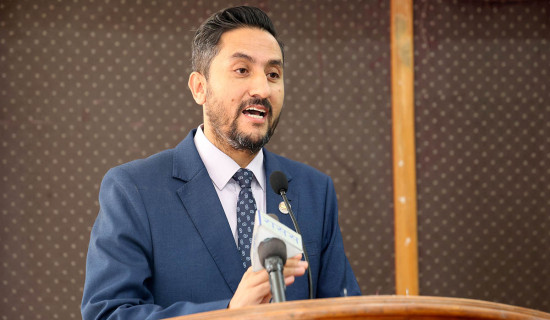- Wednesday, 17 December 2025
Using AI For Human Development
The United Nations Development Programme (UNDP) released the Human Development Index (HDI) Report, 2025 on May 6, 2025. As per the report, Nepal is ranked 145th with a HDI score of 0.622. This means the country is blessed with medium human development. It is ranked above Pakistan (168), which is in the category of low HDI countries. Its ranking is consistent with the 2022 ranking with an HDI score of 0.602. There has been an improvement of 55.89 per cent from an HDI score of 0.399 in 1990 in 35 years. Bhutan (125), India (130) and Bangladesh (130) outrank Nepal but are still in the medium HDI category. On the other hand, Sri Lanka (89) and the Maldives (93) are in the high HDI category.
A high HDI score indicates robust performance in education, healthcare and income. A country with a high HDI score is believed to be performing well in these indicators. The people of such a country have a long lifespan, high education levels, a high per capita GNI PPP (Gross National Income Purchasing Power Parity). The HDI was developed by Pakistani economist Mahbub ul-Haq.
Investment in technology
Nepal is making headway in education, healthcare and other fields. However, such progress is not enough. There is a long way to go. This is the technological era. Developed and advanced countries have made strides in technology as they have invested much in technology and also produced skilled manpower to handle the technological domain. On the other hand, least developed countries like Nepal have lagged far behind. However, the waves of technological advances have left virtually no country untouched.
The report has focused on the use of artificial intelligence (AI) in various sectors such as education, medicine, business and other fields. In recent times, AI has been taken as a criterion for measuring human development, as it is a tool for the analysis of development indicators. AI is both an opportunity and a challenge. It is the choice of governments and people. If AI is used appropriately in various segments of development, development can be accelerated. For this, information technology (IT) infrastructure needs to be developed and appropriate policy initiatives need to be in place. Given the use of AI in education, healthcare, business and other sectors is constantly growing, Nepal cannot afford to ignore this aspect of digital technology.
In the context of Nepal, the UNDP has stressed that AI could be used to bridge development gaps. For this, the country requires policy initiatives directed at promoting skilled manpower, equity and inclusion. Human capabilities can be enhanced through the use of AI but AI does not supplant human capabilities. So AI needs to be prioritised by the government and a sufficient budget should be earmarked for the production of digitally skilled manpower and the development of AI infrastructure. AI enhances advances in various sectors, economic inclusion and equity. But it may give rise to inequalities and inequity if access to it and skilled manpower are not ensured.
Nepal is striding towards the digital world as it has taken policy initiatives to promote digital technology, including AI, to stimulate the digital economy and establish data centres. The country has adopted a policy of boosting the use of AI in various sectors, including research and development. Studies are also being carried out to determine how AI can be effectively used in education, healthcare, agriculture, industry and other sectors.
The government has planned to set up IT hubs in every province and has taken the initiative in developing the necessary infrastructure for this. It may be noted that the Digital Nepal Framework has already been implemented. The government is committed to fine-tuning and implementing the framework more systematically. Digitalisation of government services, e-governance and digital access to people would improve the service delivery mechanism. In a country like Nepal, where service delivery is poor, the introduction of digital technology is a must to make it faster and more efficient. In Nepal, digital services are not fully digitalised; they have to be supported by manual services. Public services need to be fully digitalised.
Nepal is graduating to the category of developing countries from that of least developed countries in 2026. With this graduation, the country will lose benefits, facilities or privileges being received from various international agencies in the capacity of a least developed country. So the country needs to make strides in the field of economic development and try to be self-reliant in certain sectors such as agricultural products and some industrial goods. For this, the country needs to adopt sophisticated technology such as AI. A country that cannot keep abreast of the waves of technology sweeping the world will lag far behind others.
Banking transactions
Digitalisation of services such as banking transactions is already taking place in Nepal. The need of the hour is to improve and extend such services across the length and breadth of the country. The government should pay heed to building and improving infrastructure, both physical and digital infrastructures, for the overall development of the country.
The dependency syndrome has hindered the country's development. It has been dependent for years on remittances and aid and grants for development works. The country should get rid of the dependency syndrome by increasing internal production and harnessing hydropower. There is steady progress in the hydropower sector. Nepal can add to its prosperity through the power trade. The development of technology like AI could further stimulate the development initiatives of the country. The UNDP report has aptly highlighted the potential of AI to beef up human development, inclusion and a just society.
(Maharjan has been regularly writing on contemporary issues for this daily since 2000.)



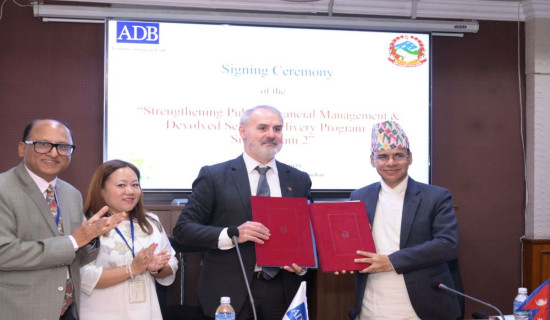
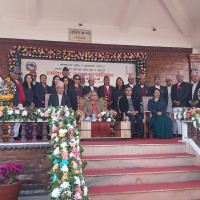
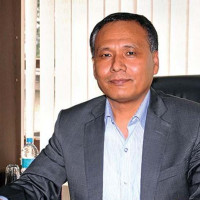
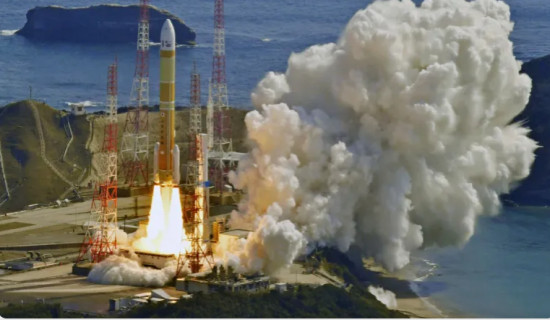
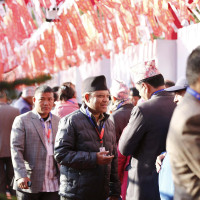
-square-thumb.jpg)







